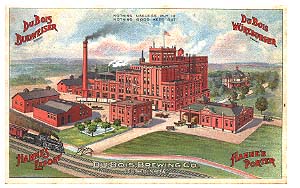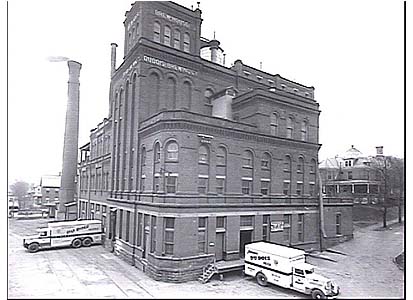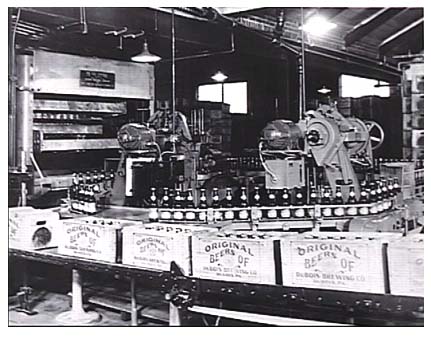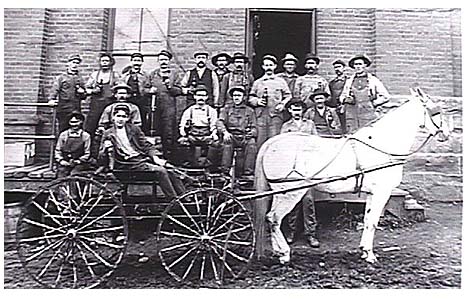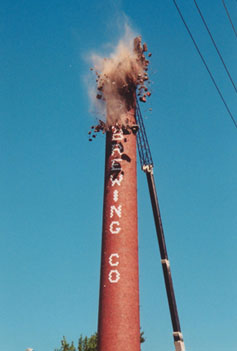glasstracker
Active Member
- Joined
- Jan 23, 2011
- Messages
- 30
- Reaction score
- 1
- Points
- 0
I've been digging up some aqua beer/soda bottles lately. They appear to be handblown in a cup mold. They are heavy and lopsided. The glass is very unevenly distributed, and they are filled with air bubbles, stretch marks, and pot stones. There are no marks, but each one has initials on the bottom: "D.B." usually with a "92" or "93". I am assuming that is the date. They don't appear to be of a professional quality so I am assuming they were made locally in the Cape May area. Just posting and hope that someone comes across my description with some answers. Hey, you never know...






